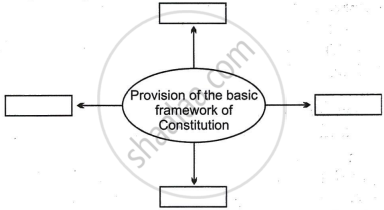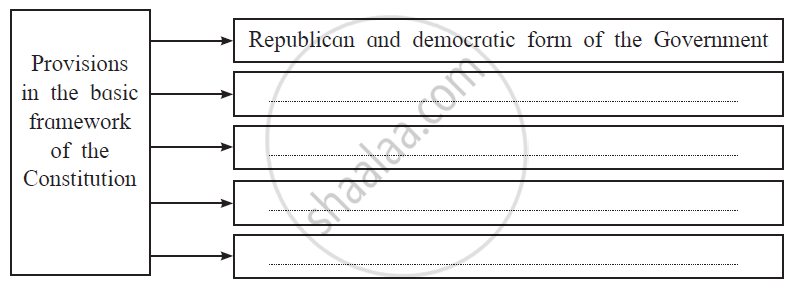Topics
Historiography : Development in the West
History : Applied History
Working of the Constitution
Historiography : Indian Tradition
The Electoral Process
Political Science : Working of the Indian Constitution
Applied History
Political Parties
History of Indian Arts
- What is ‘Art’?
- Indian Traditions of Visual Arts (Drik Kala): Painting
- Prehistoric Paintings
- Mural Paintings and Cave Painting
- Folk Styles of Paintings
- Classical Styles of Painting
- Miniature Paintings in Manuscripts
- Modern Indian Paintings
- Indian Traditions of Visual Arts (Drik Kala): Sculpture Art
- Indus Civilization Sculpture
- Folk Styles of Sculptural Art
- Classical Styles of Sculptural Art
- Indian Iconography
- Indian Traditions of Visual Arts (Drik Kala): Architecture and Sculpture
- Rock-cut Architecture
- Temple Architecture
- Indo-Islamic Architecture
- Indo-Gothic architecture
- Indian Traditions of Performing Arts
- Indian Theatre
- Indian Music
- Indian Dance
- Present Scenario of the Performing Arts
- Art, Applied Art, and Professional Opportunities
Social and Political Movements
- Movement
- Important Movements in India
- Tribal Movement
- Farmers Movement
- Worker's Movements
- Women’s Movement
- Environment Movements
- Consumer Movement
Mass Media and History
Challenges Faced by Indian Democracy
Entertainment and History
Sports and History
Tourism and History
Heritage Management
History - Imperialism
History - 20th Century Age of conflict
History - Emancipation of Asia and Africa
History - World after World War 2
Political Science
Geographical discoveries and colonization
- Concept for Geographical Discoveries and Colonization
Africa
- Imperialism - Africa
Asia: India, China, Japan
- Concept for Asia: India, China, Japan
Dictatorships in Europe, Second World War and world
- Concept on Dictatorships in Europe
- Concept for Second World War and World
First world war
- Concept on First World War
The League of Nations
- Concept for the League of Nations
Russian Revolution
- Concept for Russian Revolution
United Nations Organization
- Concept for United Nations Organization
Africa
- Emancipation of Africa
Asia
- Emancipation of Asia
Globalization
- Globalization After World War II
Scientific and Technological Progress
- Scientific and Technological Progress After World War II
Cold war
- Formation of the Cold War
Social Diversity and Democracy
- Social Diversity
- Coccept for Caste/Race and Democracy
- Concept for Language and Democracy
- Cocnept for Religion and Democracy
- Concept for Gender and Democracy
- Concept for Democracy and Diversity
Challenges to Democracy Remedial Measures to the Challenges
- Concept for Challenges to Democracy Remedial Measures to the Challenges
Internal work
Democracy
- Democracy - Meaning, Types and Characteristics
Political Parties and Types
- Political Parties
- Importance of Political Parties
- Major National and Regional Parties in India/ Types of Political Parties
Notes
Role of Judiciary:
The judiciary in India has contributed significantly to advancing social justice and equality goals as well as promoting democracy. The judiciary has always taken into account both the intentions of the constitution's authors as well as the fundamental goals of the document while interpreting its provisions. We'll use the following factors to attempt and understand how the judiciary has contributed in this regard.
Role of the Judiciary:
1. Dispute Resolution:
- A mechanism for settling conflicts between citizens, between citizens and the state, between two state governments, and between the center and the state governments is the judicial system.
2. Judicial Review:
- As the final interpreter of the constitution, the judiciary also has the power to strike down particular laws passed by the parliament if it believes that these are a violation of the basic structure of the constitution. This is called Judicial review.
3. Upholding the law and enforcing fundamental rights:
- Through a number of court rulings, the protection that citizens are afforded by the constitution's fundamental rights has gained increased significance.
- Every citizen of India can approach the supreme court or the High Court if they believe that their fundamental rights have been violated.
- For instance, Hakim Sheikh, an agricultural worker who wounded himself when he fell from a moving train and whose condition worsened as a result of many hospitals' refusals to admit him. The Supreme Court decided after hearing his case that Article 21, which guarantees every person the Fundamental Right to Life, also encompasses the Right to Health. Therefore, the court ordered the West Bengal government to compensate him for the loss he suffered and to develop a primary healthcare plan with a focus on treating patients in an emergency {Paschim Banga Khet Mazdoor Samity vs State of West Bengal (1996)}.
- Rights of children, preservation of human rights, defense of women's honour and dignity, individual freedom, and tribal empowerment are a few of the significant topics on which the Court has rendered decisions.
- The political climate in India has improved as a result of these initiatives.
If you would like to contribute notes or other learning material, please submit them using the button below.


